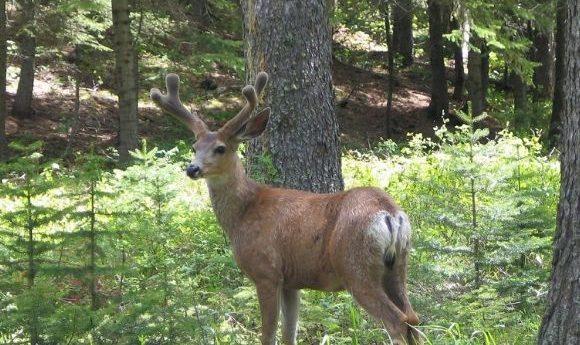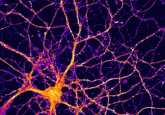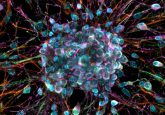Spatial memory may determine mule deer migration routes

New study demonstrates how mule deer migration routes are more influenced by past routes than other environmental factors.
Animal movement has always been believed to be determined by the availability of food and other resources. However, it has now been suggested that memory may play a much bigger role in migration routes than previously known.
By analyzing the movement data from four different migratory mule deer populations, researchers at the University of Wyoming (WY, USA) have been able to demonstrate that the migration route chosen by terrestrial mammals is not as simple as was originally assumed.
“This is yet another study that makes clear that animals must learn and remember how to make these incredible journeys. This is critical for conservation, because it tells us that, to conserve a migration corridor, we need to conserve the specific animals who have the knowledge necessary to make the journey.”
The study, published recently in Ecology Letters, demonstrated how the location of the mule deer’s migration route from the past year impacted the next year’s route 2–28 times more strongly than other environmental factors, such as the amount of greenery or depth of snow.
“It appears that green-wave surfing [moving towards areas with greater amounts of green forage] helps them determine when to move within a kind of “map” in their brain,” commented lead author Jerod Merkle. “The timing of spring green-up determines when an animal should migrate, but spatial memory determines where to migrate.”
The researchers also found that mule deer who could navigate migration routes with memories of empirical routes obtained much higher foraging benefits than those who relied on their ability to track resources alone.
- Neighbors that sting: the mutation allowing highveld mole-rats to live in challenging conditions
- Prehistoric mega-herbivore decline: a case of climate not primate
- Reversing memory loss
Researchers believe that this suggests the mule deer migration routes seen today have been learned and adapted across generations in order to maximize foraging benefits. This understanding provides vital information for conservation scientists that can be utilized to maximize the success of conservation programs aimed at migratory animals.
“This is yet another study that makes clear that animals must learn and remember how to make these incredible journeys,” explained Matthew Kauffman, co-author on the paper. “This is critical for conservation, because it tells us that, to conserve a migration corridor, we need to conserve the specific animals who have the knowledge necessary to make the journey.”
The paper highlights the importance of biologists not relying on environmental information alone when devising conservation action plans for migratory animals. In order to accurately evaluate the potential success of conservation action, scientists must combine all available information.





